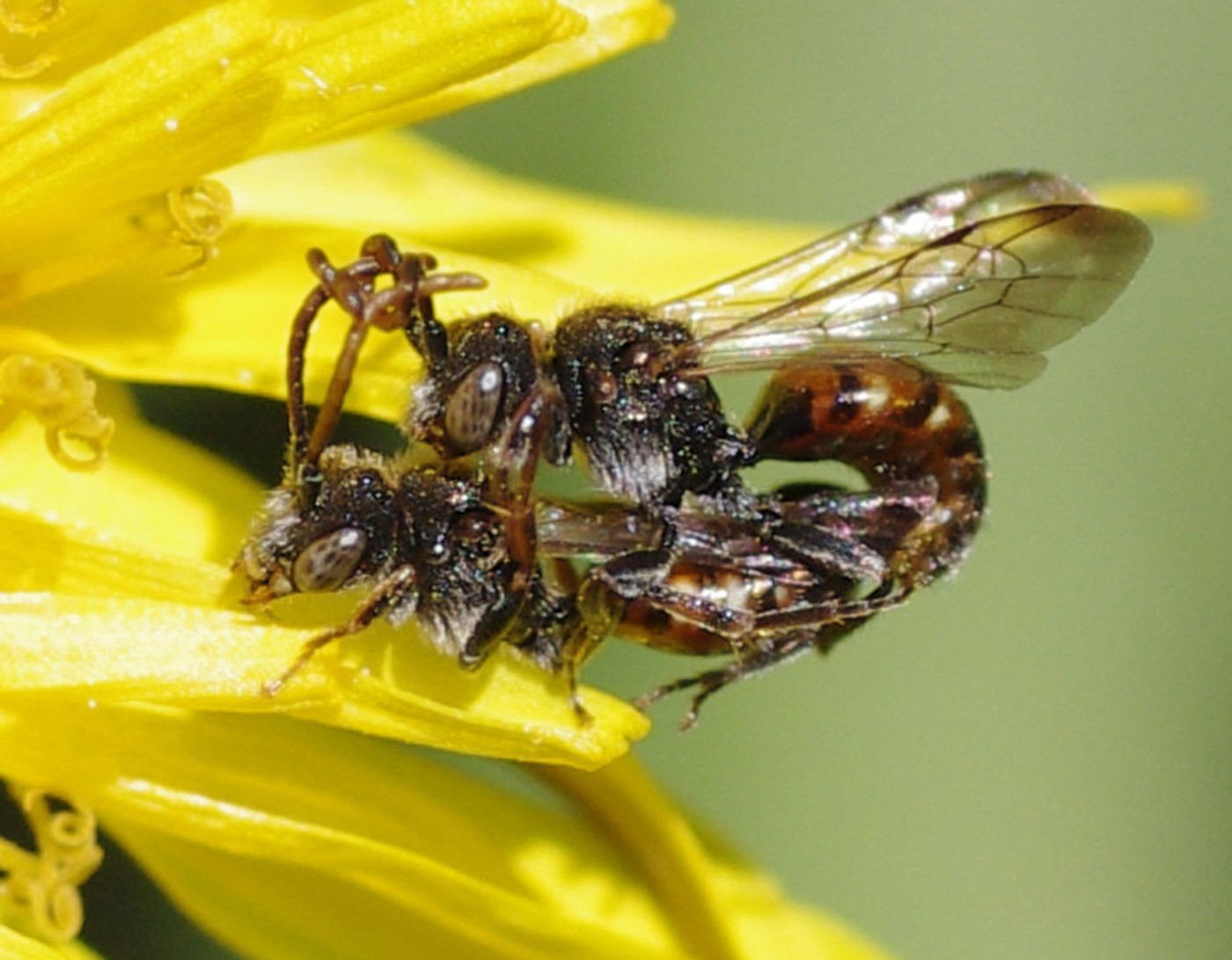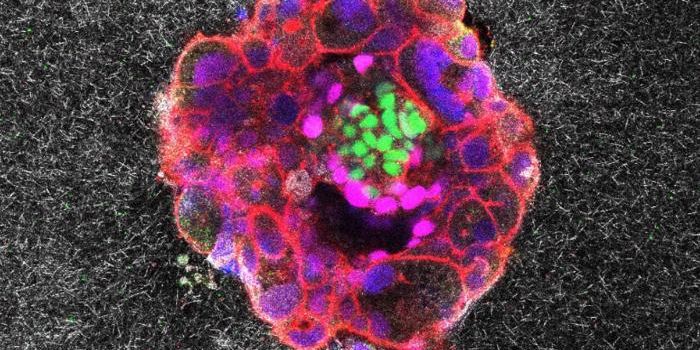'Antennal-Grabbing' Courtship Behavior Observed in More Types of Cuckoo Bees
Most insect enthusiasts already know that antennal grabbing behavior is a somewhat common trait among Hymenoptera during copulation. But that doesn’t prevent novel discoveries in this realm from surfacing every so often.
Reporting this week in the Journal of Hymenoptera Research, an international team of researchers document what’s being coined as the first-known record of antennal grabbing behavior in three separate cuckoo bee species from the genus Nomada.
Image Credit:
Antennal grabbing is described as a behavior in which the male wraps his antennae around the female’s in a spiral formation during copulation. An example appears in the image above.
Related: Federal study indicates trouble for honeybees in America's beekeeping hotspot
The behavior is somewhat of a mystery to scientists because no one truly understands why it happens. But there are theories…
One suggests that it could be a means of transferring pheromones through physical interaction for increased pleasure. Another proposes that the male is attempting to mask the female’s scent with his own to prevent other males from mating with her.
Whatever the unresolved reasoning may be, the researchers allegedly witnessed the circumstances in cuckoo bees during both field and lab testing; this in and of itself denotes that the behavior is likely standard practice for the insects.
Fascinatingly, the researchers observed as the male cuckoo bees rubbed their tummies on the surrounding grass before copulating on the flower they selected for mating. This process is thought to spread the male’s scent and relevant pheromones in a move that should attract females to the flower and increase the male’s odds of achieving successful courtship.
Related: What are the killer bees?
As it would seem, antennal grabbing is more widespread among Hymenoptera than initially thought, and additional research could divulge whether similar behavior exists in additional species and the purpose it serves.
It should be interesting to see what future research yields as experts in the field continue investigating this behavior.
Source: Phys.org, Journal of Hymenoptera Research









